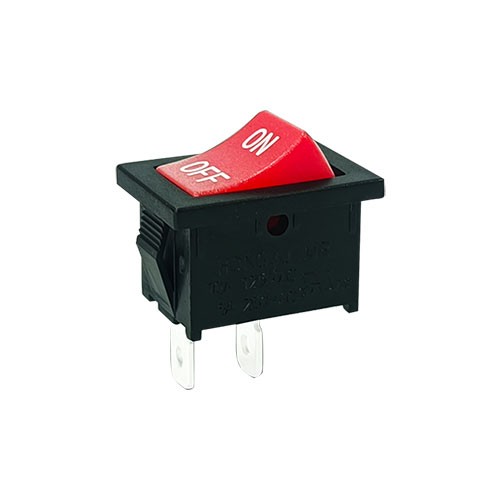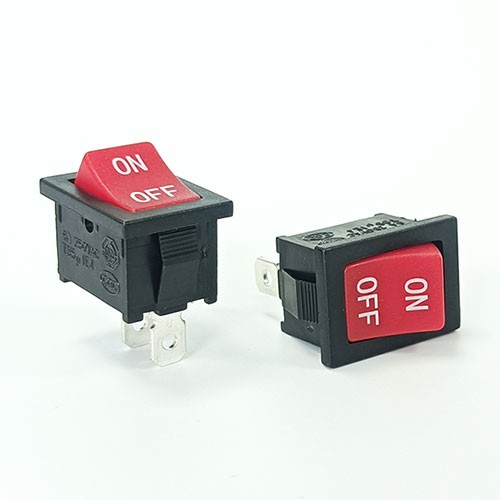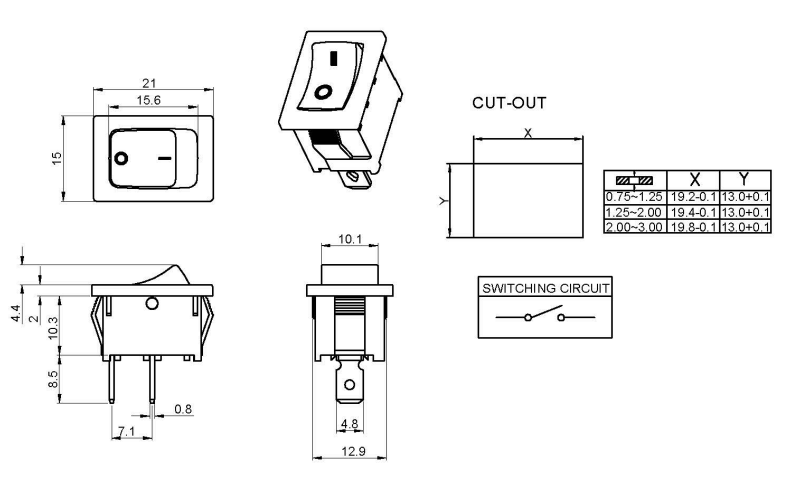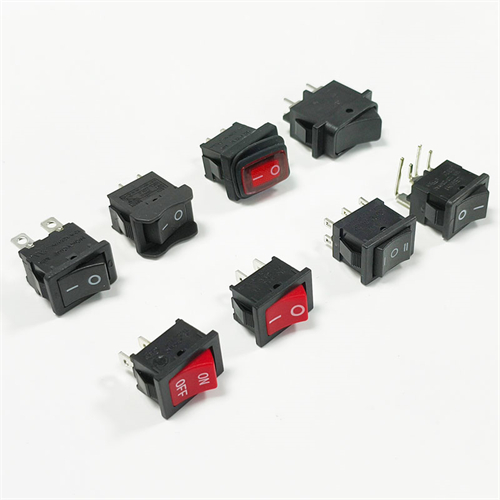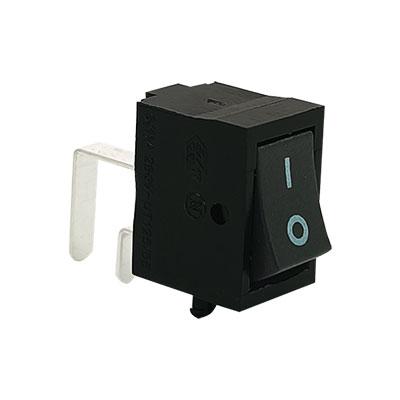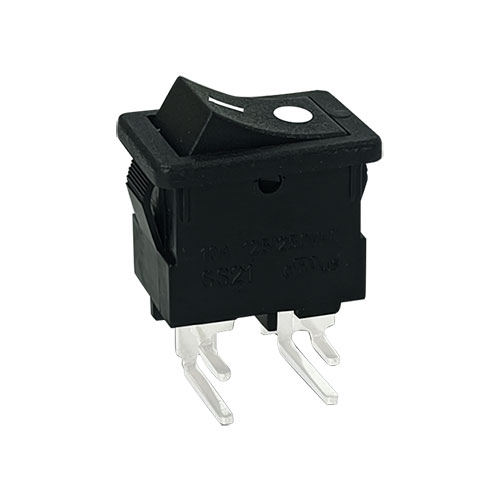SPST 2Pin Rocker Switch
A Single Pole Single Throw (SPST) 2 Pin Rocker Switch is a basic yet essential electrical component used to control the flow of current in a circuit.
A Single Pole Single Throw (SPST) 2 Pin Rocker Switch is a basic yet essential electrical component used to control the flow of current in a circuit. This type of switch is commonly found in a wide range of electronic devices and appliances due to its simplicity and reliability. Here is a detailed description of the SPST 2 Pin Rocker Switch, including its design, functionality, applications, specifications, and importance.
The SPST 2 Pin Rocker Switch is a fundamental electrical component known for its simplicity, reliability, and versatility. Its design allows for easy on/off control of electrical circuits, making it suitable for a wide array of applications, from household appliances to industrial equipment. With straightforward functionality, durable construction, and cost-effectiveness, this type of switch remains a staple in both consumer and industrial electronics.
The “Single - Pole” in SPST indicates that the switch controls a single electrical circuit, while “Single - Throw” means it has only two positions: on and off. Structurally, as the name suggests, it features two connection pins, which serve as the points of electrical connection to the circuit. These pins are typically made of conductive materials like brass or copper to ensure reliable electrical conductivity.
The body of the switch houses an internal mechanism with contacts, and on the surface, there is a rocking lever. The lever is the user - interactable part of the switch, allowing for easy manual operation. The switch body is often made from durable materials such as plastic or metal, providing protection for the internal components and ensuring long - term use.
The operation of an SPST 2 - pin rocker switch is straightforward. In the “off” position, the internal contacts within the switch are separated, creating an open circuit. This interruption prevents the flow of electricity through the connected circuit, effectively turning off the device or component. When the user toggles the rocker lever to the “on” position, the contacts are brought into alignment and make contact with each other. This closure of the circuit allows electric current to flow from one pin to the other, powering the connected electrical load, whether it's a light bulb, a small motor, or any other electrical device.INQUIRY
CATEGORIES
LATEST NEWS
CONTACT US
Contact: Bella
Phone: 15999819066
E-mail: rucoe@rucoe.com
Whatsapp:+86-15999819066
Add: Taoyuan Street, Nanshan, Shenzhen
